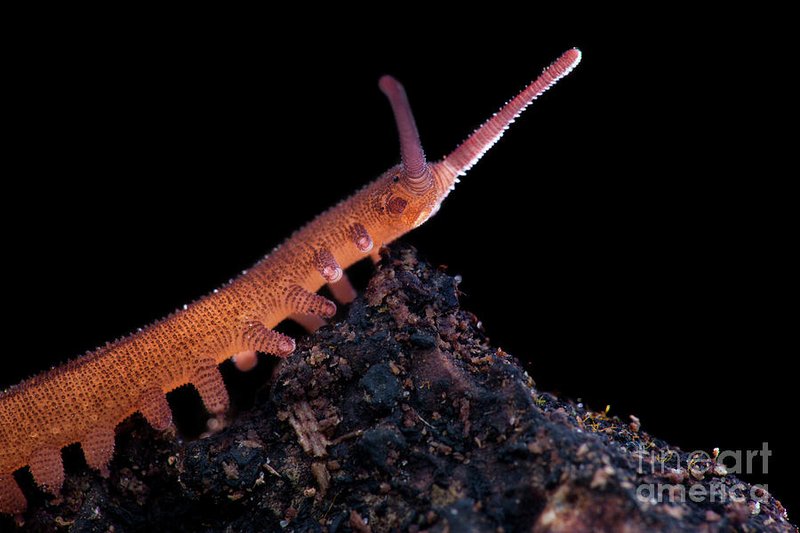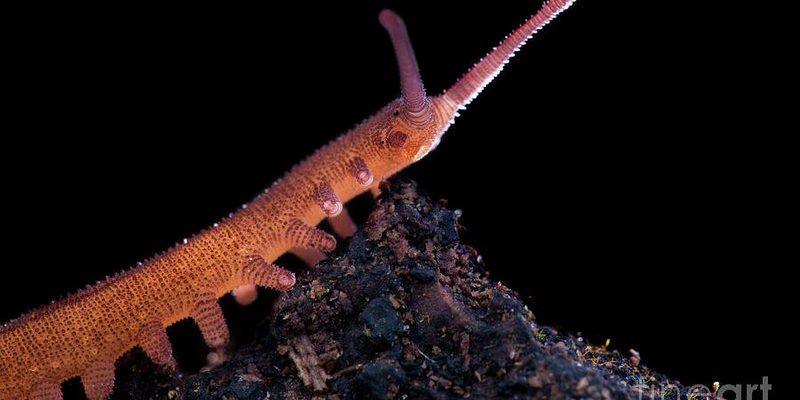
Citizen science involves everyday folks—like you and me—jumping in to help scientists collect data and make meaningful contributions to research. By documenting velvet worm populations, we can gather valuable information about their behavior, habitat preferences, and conservation status. It’s like being part of a larger community working towards a common goal: protecting these intriguing creatures and their environments.
You might be wondering why these seemingly odd animals deserve our attention. Velvet worms are essential in maintaining healthy ecosystems. They act as predators, keeping the population of smaller insects in check. By studying these creatures, scientists can learn about the health of their habitats, which can signal broader environmental changes.
Furthermore, velvet worms have a unique evolutionary history. They’ve roamed Earth for over 500 million years, offering scientists a glimpse into Earth’s past ecosystems. Documenting their populations can help preserve this living history, providing insights into how species adapt and survive through the ages.
If you’re excited about documenting velvet worm populations, let’s dive into how to get started. First, you’ll need to familiarize yourself with their habitat. Velvet worms love moist, dark environments like leaf litter, under logs, or in the crevices of rocks. So, grab a pair of binoculars and a notebook, and let’s explore!
Here’s what you can do:
- Choose the Right Location: Look for areas with high humidity, like rainforests or damp forests. Velvet worms thrive in these environments.
- Time Your Observations: Velvet worms are mostly nocturnal. Plan your outings in the evening or early morning when they are more likely to be active.
- Gather the Right Tools: Bring along a magnifying glass, a camera, and maybe even a ruler for measuring. Document everything you see!
When observing velvet worms, thorough documentation is key. Here’s how to gather useful data:
- Record the Location: Note the specific area where you found the velvet worms. GPS coordinates can be particularly helpful.
- Take Photos: Capture images of the worms, their surroundings, and any other relevant details like plants or moisture levels.
- Count Individuals: If you see multiple velvet worms, try to estimate how many you spot. Keep an eye out for different colors or sizes as well.
Doing this consistently can help build a comprehensive understanding of velvet worm populations in specific areas.
Once you’ve collected your observations, you’ll want to share them. Various platforms exist for citizen scientists to report their findings. Here’s how to do it:
- Join Citizen Science Projects: Look for established projects focused on velvet worms. Many organizations have online databases where you can submit your data.
- Engage with Local Communities: Connect with local environmental groups or universities. They often appreciate contributions from citizen scientists.
- Share on Social Media: Use platforms like Twitter or Instagram to share your findings, photos, and experiences. Tagging relevant science organizations can increase visibility.
By reporting your findings, you help contribute to ongoing research and conservation efforts.
Citizen science isn’t just about data collection; it fosters a sense of community and shared responsibility. By getting involved in documenting velvet worm populations, you’re joining a network of people who care about the environment. This can lead to collaborative efforts, like clean-up days or habitat restoration projects, that benefit not only velvet worms but many other species as well.
Sharing your passion for these unique creatures can also inspire others to take an interest in nature. When we share our experiences—be it through blogs, social media, or community events—we create a ripple effect, encouraging more people to learn about and protect wildlife.
While documenting velvet worm populations can be rewarding, it comes with its challenges. For one, finding them can be tricky. Their camouflaged bodies blend in with their environments, making spotting them a real test of patience.
Also, environmental changes pose a threat. Deforestation, climate change, and habitat degradation can impact velvet worm populations. Collecting long-term data helps scientists monitor these changes and advocate for improved conservation strategies. Understanding these challenges can help you appreciate why your contributions are so important.
Documenting velvet worm populations is not just a fun hobby; it’s a way to connect with nature, participate in scientific discovery, and support conservation efforts. So next time you’re out in nature, take a moment to appreciate these little creatures and consider joining the citizen science movement. Together, we can help protect velvet worms and the ecosystems they inhabit, ensuring they continue to thrive for years to come.

